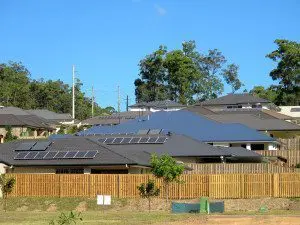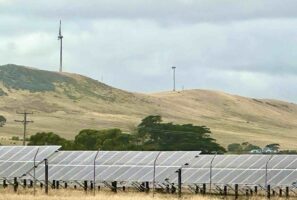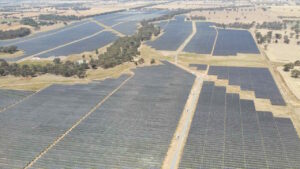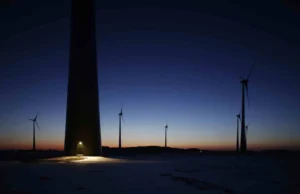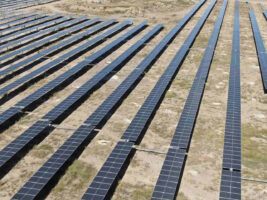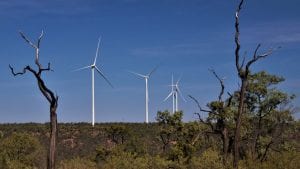A new report has emphasised just how much rooftop and large-scale solar are delaying and shaving peak demand on the Australian grid, and how much coal-fired power generation continues to let the side down – just when it’s needed the most.
The report, The Australia Institute’s latest National Energy Emissions Audit for the electricity sector for the month of January, shows that renewables now account for 20 per cent of total generation in the National Energy Market.
Wind and grid-scale solar, the report reminds us, now supply a larger share of annual grid generation than hydro – a relationship it does not expect will be reversed in light of the forecast doubling in large-scale wind and solar by 2021.
And while renewables do still remain in the minority in terms of total NEM generation, the report also confirms they – and particularly solar – performed “the best of all energy sources” over the latest record breaking summer of heatwaves.
It offers the example of one particular record-breaking day, January 25, when sustained heatwave conditions led to new highs in demand, which forced the Australian Energy Market Operator to intervene using both its Reliability and Emergency Reserve Trader mechanism and involuntary load shedding.
According to TAI, there are two key points to take away from this day on the NEM, which peaked with grid demand of 33,950MW during the trading interval ending at 6pm, Australian Eastern Summer time.
The first is that “AEMO’s interventions would almost certainly not have been needed, had all of Victoria’s brown coal capacity been available on the day,” the report says.
“Unfortunately, however, three of the large Latrobe Valley brown coal units were out of action: one 560MW unit at Loy Yang A and two 380MW units at Yallourn W.”
The second key notable is that without the contributions of rooftop and grid-scale solar, things could have been a good deal worse.
 As the graph above shows, the true peak total demand on January 25 – which includes the contribution of rooftop solar – actually occurred an hour and a half earlier, and, at about 36,410 MW, was nearly 700MW higher than the previously highest ever grid demand, which occurred at the end of January 2009 – in the lead-up to Black Saturday – when there was negligible rooftop solar capacity.
As the graph above shows, the true peak total demand on January 25 – which includes the contribution of rooftop solar – actually occurred an hour and a half earlier, and, at about 36,410 MW, was nearly 700MW higher than the previously highest ever grid demand, which occurred at the end of January 2009 – in the lead-up to Black Saturday – when there was negligible rooftop solar capacity.
“If we take one lesson from the record breaking heatwaves this summer, it is that solar saved the day. Both home and large-scale solar delaying and diminishing peak electricity demand,” said Hugh Saddler, author of the report.
“During the unprecedented heatwave on January 25th large scale solar farms were running at 93 per cent of their maximum output, which is in stark contrast to Victoria’s brown coal generators of which two of the three stations were operating well below capacity.
“The era of coal is ending in Australia and around the world. Renewables are being backed as the most affordable, reliable and popular energy solution — despite the federal government’s efforts to the contrary.”
On a state-by-state basis, the report says that in South Australia, last August, total renewables, including rooftop solar, exceeded 50 per cent of total
supply for the first time, while in November, the annual renewable share passed 20 per cent for the first time in Victoria.
In New South Wales, “notwithstanding the absence of a formal state government target for renewable generation,” the renewable share of annual generation passed 10 per cent in June 2018, and sits now at 12 per cent, the report said.
And in Queensland, the annual renewable share passed 8 per cent in the year to January, up from 6 per cent just seven months ago, “and the rate of growth is accelerating.”

